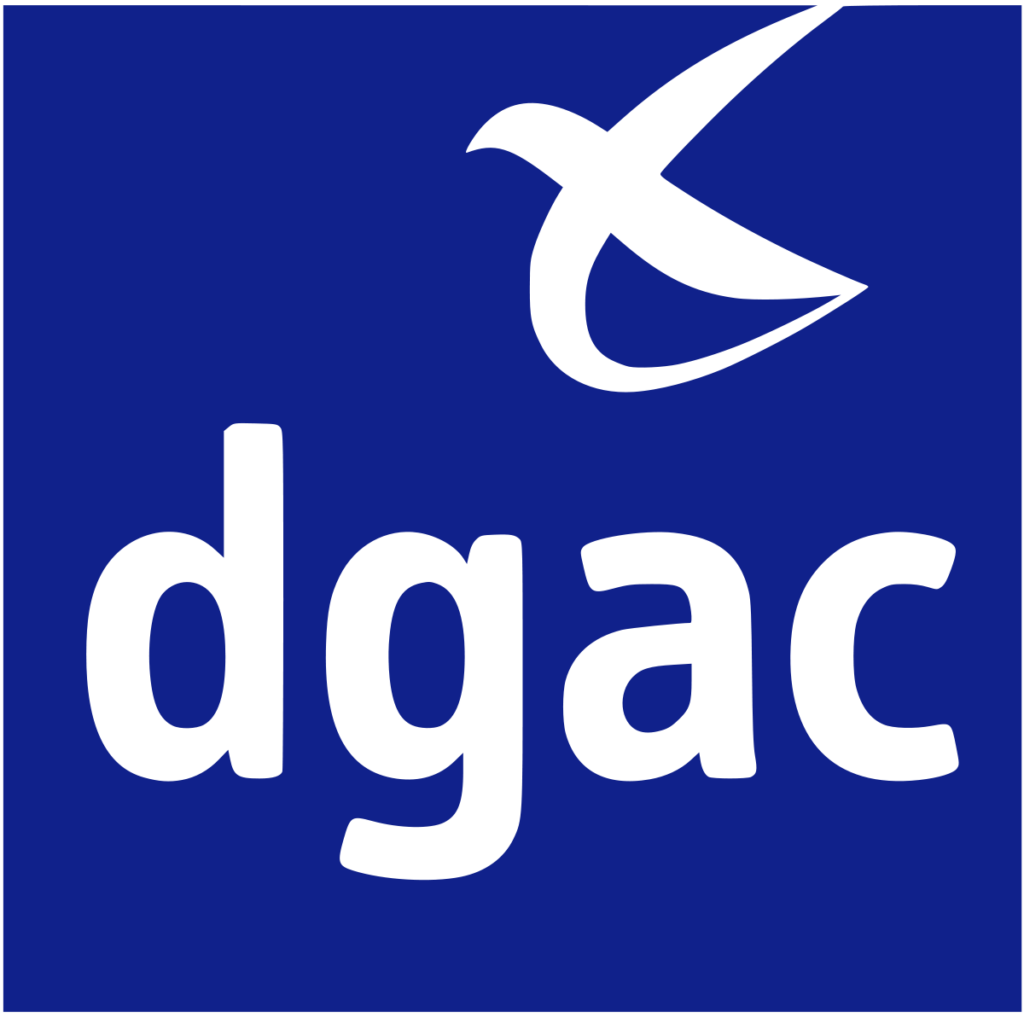The S-3 scenario

Obligation for all non-captive aircraft:
– Altitude information based on a barometric sensor
– Maximum flight height can be programmed
– Ability to shut down engines in flight
– Fail-safe function in the event of loss of control link
– Third-party protection device (e.g. safety parachute)
– If the aircraft is equipped with a degraded mode involving automatic engine shutdown, this mode must also trigger the third-party protection device.
– This device is automatically activated in the event of automatic engine shutdown.
– If mass > 4kg: ground speed indicator and additional rules on the protection of third parties:
– tripping causes motors to stop
– independence of the entire device control chain (connection and power supply)
– triggers an audible alarm
– if parachute: active ejection/extraction system (i.e. not just gravity)
– pre-flight check of trigger mechanism
Special feature of scenario S-3 :
For unmanned aircraft weighing over 2kg, a third-party protection device is mandatory.
It’s usually made up of a parachute, but there are also other types (e.g. drone airbags). However, the parachute remains by far the most widely used.
This device must comply with the following rules:
– It limits the impact energy following a free fall from the maximum operating height to 69 joules.
– It can be triggered at the remote pilot’s command, even in the event of malfunction of the on-board automatic systems controlling the aircraft’s trajectory.
– If this device consists of a parachute, the time required to deploy it and stabilize the aircraft at the rate of descent required to meet the above impact energy limitation criterion results in a loss of aircraft height of less than or equal to 15 meters, from a hover or level flight position at minimum speed.
In addition, when using a remotely piloted aircraft weighing over 4kg, further conditions apply:
– triggering the device stops the motors;
– the device’s control link is independent of the aircraft’s main command and control link;
– the power supplies for the device and its remote control are independent of the main power supplies for the aircraft and its command and control system;
– the device signals the fall of the aircraft with an audible alarm;
– if the device consists of a parachute, it must include an active ejection or extraction system not based on gravity alone;
– the correct operation of the device’s release mechanism can be checked on the ground by the remote pilot before the flight.
Maximum authorized weight according to operational scenarios :
Unless specifically authorized, only aircraft whose weight does not exceed the following limits, depending on the scenario, may be used:
Scenario S-3 :
– Captive aircraft: no particular limitations (*)
– Non-captive aircraft: only aircraft weighing 8 kg or less
(*)Aircraft over 25 kg Aircraft over 25 kg are subject to additional technical design conditions, defined on a case-by-case basis. The DSAC should be contacted in advance of any project involving such an aircraft.
Scenario STS-01 – European legislation
Under European legislation, a C5-class UAV is required to carry out missions in STS-01 flight scenarios (visual flight in populated areas).
Here we’re talking abouta VLOS flight = Direct View.
In class C5, the aircraft must :
-be marked “C5” CE,
– not be a fixed-wing aircraft (except captive)
– be equipped with a geo-vigilance system
– be able to indicate the flight height to the pilot,
– be equipped with a low-speed mode (maximum 5m/s)
– be equipped with a motor shutdown system
– tell the remote pilot the quality of the radio signal

